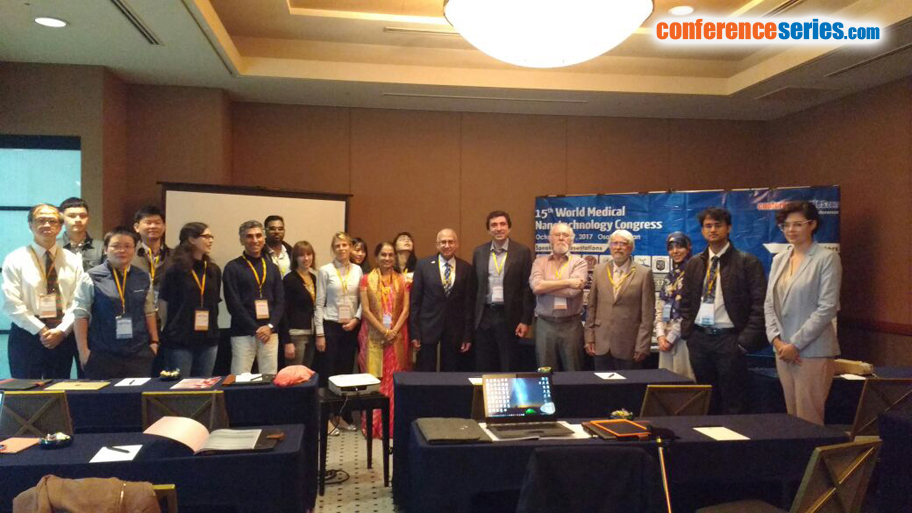
Elham Ahmadi
Tabriz University of Medical Sciences, Iran
Title: PLGA-PAA copolymers: Their size and structure influenced drug delivery applications
Biography
Biography: Elham Ahmadi
Abstract
Statement of the Problem: The need for high cellular drug uptake and reduce the adverse effects of chemotherapeutic drugs obligate us to design and prepare a suitable nano-carrier. Poly (lactide-co-glycolic acid) PLGA is one of the most well used polymer for the development of biocompatible nanoparticles.Purpose: The purpose of the study is to prepare the PLGA-PAA (Poly-lactide-co-glycolide)- (poly acrylic acid) co-polymer which is the first new developed biocompatible nano-carrier until now. We co-encapsulated hydrophilic doxorubicin and hydrophilic hydroxytyrosol in PLGA-PAA biocompatible nano-capsules.Methodology & Theoretical Orientation: We synthesized the poly (acrylic acid) (PAA) polymer by radical polymerization method in the presence of dry tetrahydrofuran as solvent of the reaction. Then the PLGA-PAA copolymer was synthesized by ring opening polymerization method in the presence of stannous Octanoate (snoct2) as catalyst of the reaction. An oil-in-water emulsion process was utilized for the encapsulation of hydrophilic doxorubicin and hydroxytyrosol.Findings: FTIR confirmed the PAA and PLGA-PAA copolymer formation is correct. HNMR, CNMR also approved it. The size of PLGA-PAA nanoparticles is measured 24 nm by DLS technique and a spherical particle with an average diameter of 16 nm is determined by SEM technique. The amount of drug loading and unloading is computed.Conclusion & Significance: PLGA-PAA co-polymer was found to be a promising co-polymer for the preparation of nanoparticles with small size distribution and relatively high drug loading. Formulation of functionalized PLGA-PAA nanoparticles leads to enhance the high drug loading efficiency of hydrophilic drugs.


